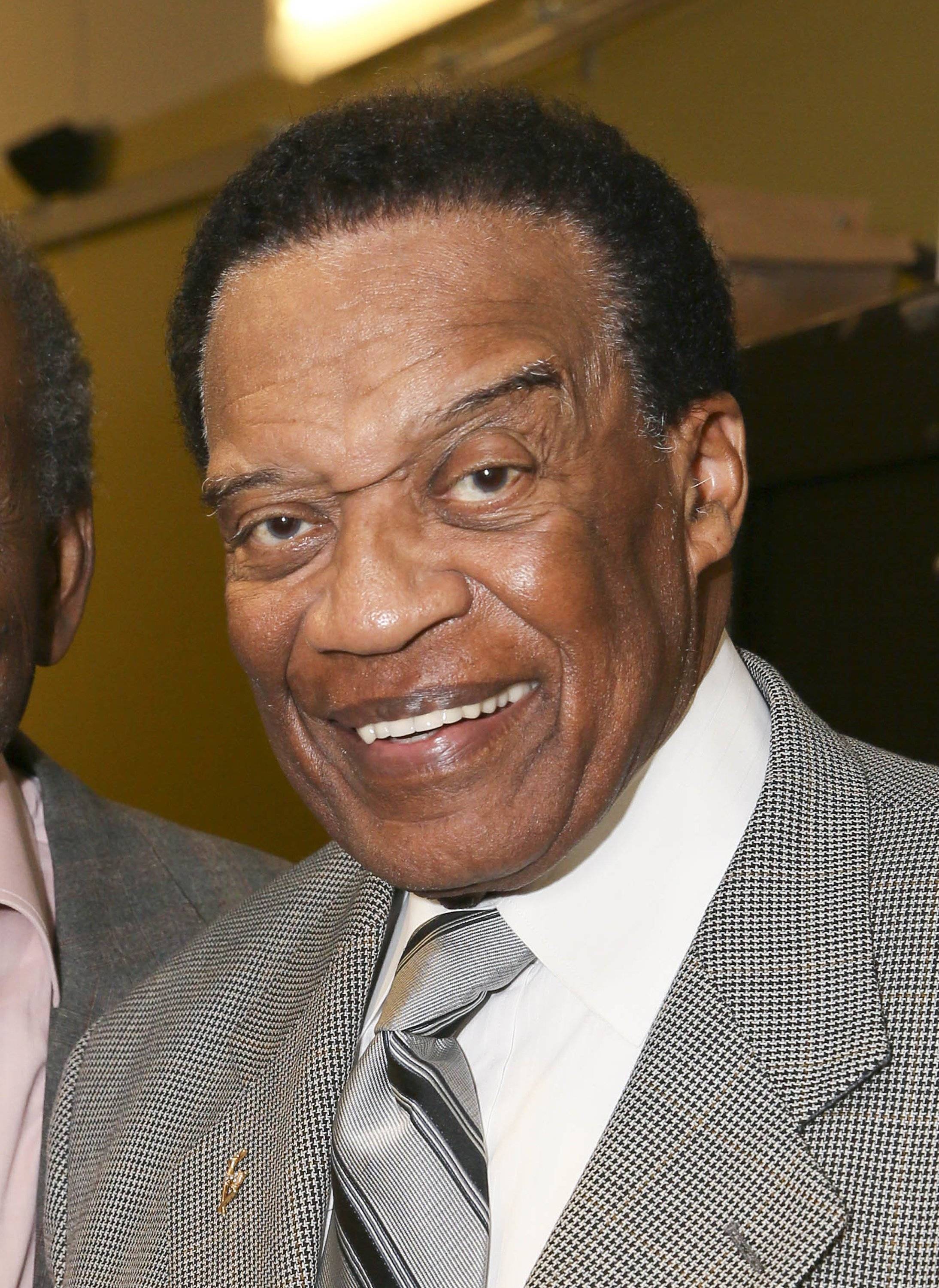
There are two common ways people can refer to themselves: as individuals or groups. Persons emphasize their individuality when used in conjunction with the terms identity. Statements that are used to describe individuals with a common identity tend to stereotype and generalize. How a person speaks, writes and acts may reflect their preference for identity-first languages or person. You can find out which way your prefer to talk about people by following the links! The differences between the two terms are fascinating, and their use will guide your language choices.
People
The adjective "peoples" describes a group or people. Peoples are defined as "people from different countries, tribes, or ethnic groups" and have separate Latin roots. The word people first appeared in English in the 13th century, and its regular plural form is "peoples". The usage of peoples differs in different languages, but the phrase generally applies to a group of people. Here are some examples. Indigenous peoples refer to groups of indigenous peoples that are found in different regions around the world.
While "persons," is appropriate when referring only to one ethnic group or person, the term People is more suitable for people from different religious backgrounds. Although it might seem unprofessional in certain situations, it is considered more grammatically correct. People also distinguish between individuals from different ethnic backgrounds in the same geographic area. China does not have a one-child policy. France elected Emmanuel Macron their new president on May 7, 2017.
People
People is a term that is commonly used in formal contexts to describe an individual. However, informal writing can use it as well. In legal writing, people is most often capitalized when used in conjunction with a modifier. People of color, Hispanic Peoples or Indigenous Peoples are some examples. However, the use of "people" without a modifier can be less appropriate because it often implies a collective existence. Non-legal writing also uses the term "people" to denote a group of missing or unaccounted persons.

Peoples is plural for people. It is used to refer to a group that includes men, women and children. Peoples, as a plural noun is most appropriate for referring to human beings in a group context. People have been used since the 12th century as a singular human term. However, the word can also be used to describe a group of people as in "a group protesting at the White House".
Peoples'
You are likely familiar with the terms "life", "peoples lives" if you're a doctor. These words, however, are not the same. These words can be used interchangeably in medical contexts but are not appropriate in other situations. A doctor's primary job is to save people's lives, which is a complex and serious responsibility. It is correct to state that "people's lives are in danger."
It is correct to say "peoples lives". This is why it is not correct to call them by their names. First of all, the word "people" is a plural noun and not a singular one. Peoples can refer to various ethnic groups that are located in the same cultural or geographic context. An apostrophe is added to a word, such as "peoples", to make it a possessive.
Persons'
People can refer to any individual or group of people sharing the same identity. This word can be used to refer to more than one person. In formal and legal contexts, the word 'persons' is more preferred than 'people'. To emphasize individuality, both can be used in the exact same sentence. The term 'people' in everyday speech is usually more appropriate to describe the group.

People are the people living in a country, region, country or ethnicity. These terms may be combined to create a more general term. While "people" has one meaning, the plural form "peoples" is a mass adjective. Peoples are often used in everyday speech to describe groups of people with different races and cultures. They can be used interchangeably to describe individuals and communities.
FAQ
How much does it cost for a feature movie to be distributed?
A distribution deal can cost anywhere from $100,000 to $150,000.
Theaters typically cost around $10,000.
Screens cost on average around $5,000
It means that, if you have 100 screens your distribution fees would be $500,000.
Distributor fees of $50,000 would apply if there are ten screens.
How many theaters will I need to return my investment?
It depends on how many weeks you plan to make your theatrical production.
If your film is going to be run for less then two weeks, one theater will suffice.
You will need at least two theaters if you plan to keep your film running for more than 2 weeks.
How much does Hollywood earn in a single year?
The average movie costs around $100 million to produce. You could make ten movies a month for a decade and still have enough money left to buy a small nation.
Your island would be yours, complete with an airport, power plant, bank, post office, police force, fire department, school system, hospital, sports stadium, theater, and cinema.
If you don't find this to be fun, then you are probably insane.
Why do so few independent films ever get distributed?
Indie filmmakers are assuming that distributors will be interested in their films.
They are certain distributors will take their films, as they know that the public will love them.
But, it is very rare that this happens. Distributors often take advantage of independent filmmakers.
They will use techniques such as delaying the release of a movie until after the awards season has ended.
They may delay the release of a low budget film until after summer blockbuster season begins.
Distributors will also attempt to keep movies away from viewers until they have spent hundreds of dollars on popcorn, tickets, or candy.
They don’t want to miss out on these profits.
Statistics
- The percentage of black female characters went from 16 percent in 2017 to 21 percent in 2018. (en.wikipedia.org)
- New York Times article stated that only 15% of the top films in 2013 had women in lead acting roles. (en.wikipedia.org)
- If we translate this to a percentage, we get 28%, so let's be generous and say that ‘Hollywood studios' release about ⅓ of the movies released in the U.S. and Canada each year. (glitteratilobotomy.com)
- "[116]"38% of films employed 0 or 1 woman in the roles considered, 23% employed two women, 28% employed 3 to 5 women, and 10% employed 6 to 9 women. (en.wikipedia.org)
- This reflected no change from 2011 and only a 1% increase from 1998."[116]"9% of all directors. (en.wikipedia.org)
External Links
How To
How to get a Hollywood Walk of Fame star
In 1960, the Hollywood Chamber of Commerce created the Hollywood Walk of Fame (HWOF). The HWOF, located at 6233 Hollywood Boulevard Los Angeles, California. It's made up of 2,711 stars, which are embedded in the sidewalk on Hollywood Boulevard. Each star represents someone who made motion pictures, television or radio, as well as music and other aspects of popular culture. There are 1,922 individuals currently listed on HWOF.
To become a member of the HWOF, you must submit your name to the Hollywood Chamber of Commerce, which then submits your name to the City of Los Angeles Department of Cultural Affairs. After being approved, you will be issued a certificate stating your name, date and place of birth. It also includes information about your occupation, occupation and category. A bronze plaque with your personalization is also provided. This plaque is attached on a concrete base at the star.
A current HWOF member can nominate you for a star or if you have made significant contributions in movies, television or radio. A committee evaluates all nominations and then decides whether to approve them. If they decide to approve, they write a letter to the address of the applicant explaining their decision. The second letter is sent to the applicant confirming acceptance of the nomination if the person accepts it. The Hollywood Chamber of commerce charges $25, and then the money is sent to the Department of Cultural Affairs of the City of Los Angles.
The department issues the Hollywood Chamber of commerce a check, payable to it. The check is sent to the Hollywood Walk of Fame Foundation. The foundation pays the applicant or organization. The Hollywood Chamber of Commerce receives half of the fee ($12.50). The City of Los Angeles Department of Cultural Affairs takes the other half.
After an artist has received his/her Star, he/she can be eligible for the HWOF. To be listed on the HWOF, you must pay the remaining balance owed to the Hollywood Chamber of Commerce. The amount due depends on how many years ago you were first nominated. If you were first nominated for a nomination in 1990, your owe $15,000. You would be responsible for $10,000 if you had been nominated previously in 1980.
If you want to remove yourself from the HWOF, you need to contact the Hollywood Chamber of Commerce and pay off the remainder of your debt. They will remove your name from this list.
How old does one have to get a star on the HWOF?
You must be at the least 18 year old to be nominated. A person must be present at the time of receiving a star. A star can be renominated after 10 years.
What happens if I die before my star gets put up?
Nominating you can be done by family members. The Hollywood Chamber of Commerce will place an honorary marker in front of the star if there are no living relatives.
Why don't people just use a different street instead of having stars all over the place?
The HWOF does not intend to be a historical monument. It is meant to honor those who contributed to film history.
What happened the star thefts? The thieves stole around 1,200 stars. Each star is approximately 250-300 lbs in weight. That's about 4 tons of stars!